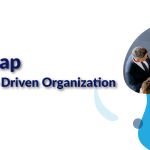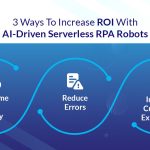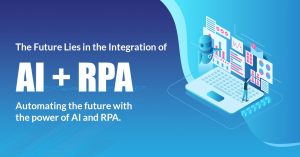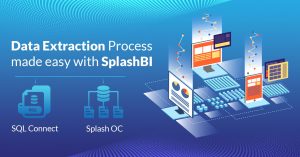A Data Lake (DL) is a central repository that allows structured and unstructured data to be stored at any scale. A Data Warehouse, by contrast, is a system that helps analyze, report, and visualize data to make better decisions.
A DL is a storage repository that holds large volumes of raw data in native format until needed. A DL stores relational data from various business applications and non–relational data from IoT devices, social media, and mobile applications. Using multiple techniques such as SQL queries, Big Data Analytics, Real–Time Analytics, and Machine Learning (ML) to get business insights is possible.
Moreover, the DL provides many advantages. It can collect data from various sources and store it in its original formats. Therefore, it avoids the additional time spent defining structures and schemas and performing data transformations. As a result, data scientists and business analysts can analyze data without moving the data to a separate analytics system. Additionally, it is possible to apply Machine Learning (ML) techniques to achieve the best results and make business decisions.
It also improves innovation, customer interactions, and operational efficiency.
But, on the other hand, it can be data without checking the content. Therefore, mechanisms must exist that catalog and secure data.
Data is seen as the main game–changer in many industries. Centralized storage points, called Data Lakes, provide new benefits for organizations, from government agencies to insurance companies. Despite these benefits, some disadvantages come with excess data. A revolution is taking place in how data is stored, processed, managed, and shared with decision–makers to address these problems that the data stream cannot overcome.
Data needs a home, and DL stands out as the preferred solution for creating that nest.
These lakes also host a large mass of stored data, just as the lakes we encounter in nature do to water. The data in the lake can be stored in any form, in the natural or raw state. Various users or large user communities can access it.
DL Maturity Stages
A DL has multiple maturity stages. DL tend to mature as they use the data they generate. The more things are done with the data, for example, it is made sense, and the results are produced from that data, the more mature data you will have. This means a rise in the maturity scale. There are four different stages in the maturity scale.
Data Backlog
Data Backlog is a single–purpose or single–project data marketplace built using big data technology. The data uploaded to the data pool is for a single project or team.
Repository
It is a collection of Data Backlogs. The Repository may appear in the form of a Data Warehouse that is poorly designed to retrieve data from other co–located data marts, or it can be the result of a distributed Data Warehouse. Usage is limited because it is only available for the project that requires it. It is high cost and offers limited usage areas.
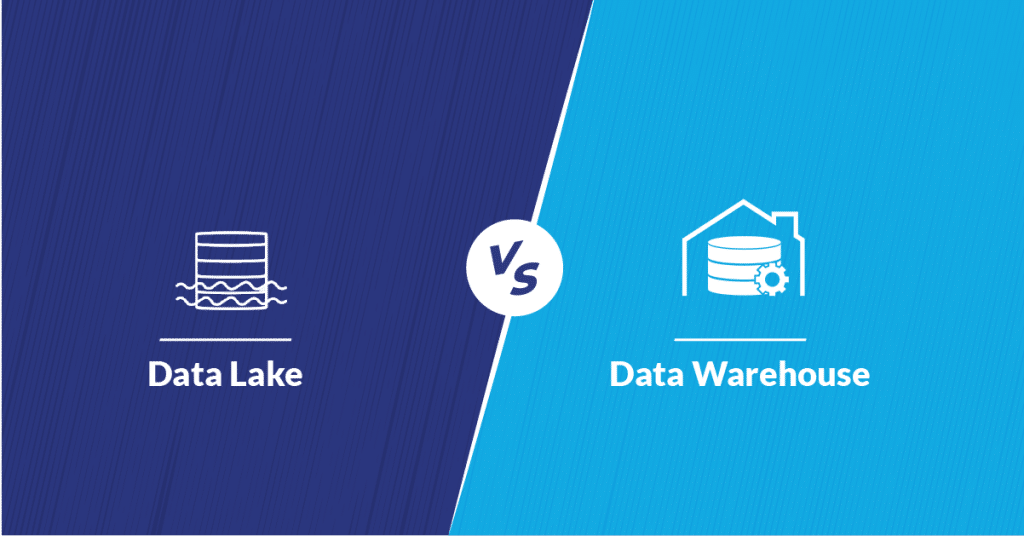
Data Lake
It differs from the Repository in two ways. First, it supports a self–service approach where business users can easily find and understand the required data without assistance from the IT department. Second, it can meet broader data needs as it contains data for general use that is not limited to the use of a particular project.
For any project to be successful, it must first be aligned with the company’s strategy and have the necessary executive sponsorship. When all this is provided, the correct data, platform, and interface add dramatically to a project’s chances of success in today’s business world.
A large part of the data collected by organizations is garbage. Only a tiny percentage is collected and kept in storage for several years. However, the storage and disposal of data complicate the data analysis.
It can take a lot of time to put the data history together when you want to re–examine the data after you discard it. DL aims to solve this problem by saving data locally for future use. On the other hand, a well–managed DL centralizes company operations and provides a transparent process.
A Data Warehouse is a system that enhances the business intelligence process. It transforms data into valuable information to analyze the business. This helps to monitor the current situation and make future decisions. Moreover, Data Warehouse are subject–oriented, integrated, time–bound, and volatile. There are data records in a Data Warehouse. These data marts contain data for specific users. For example, the HR and sales departments have separate data marts. Increases data integrity and security.
Data Warehouse is a mix of technologies and components for the strategic use of data. It collects and manages data from various sources to provide meaningful business implications. Although the Data Warehouse structure has become widespread in large and scaled institutions, many concepts that have emerged in this field cause misunderstandings.
Data Warehouse is the storage of large amounts of information designed for querying and analysis and the process of transforming data into information. On the other hand, A DL is a data repository that can store large amounts of structured, semi–structured, and unstructured data. It’s a place where you can store any data in its native format with no fixed limits, offering massive amounts of data for increased analytical performance and native integration. DL is like an enormous container similar to natural lakes and rivers. Like in a lake, you have multiple branches coming in; Similarly, a DL has structured, unstructured, machine–to–machine data flowing in real–time.
Data Warehouse Concept
Data Warehouse stores data in files or folders that help organize and use it to make strategic decisions. This storage system also gives a multidimensional result of atomic and summary data. The essential functions that need to be performed are:
- Data Cleaning
- Data Extraction
- Data Conversion
- Data Upload and Refresh
The main difference between a Data Lake and a Data Warehouse is that a Data Lake obtains non–relational relationships from IoT devices, websites, mobile apps, social media, and enterprise applications. In contrast, a Data Warehouse gets data from transactional systems, operational databases, and lines.
Data | Data | |
Storage | All data is kept, regardless of its source and structure. The data is kept in its raw form. It is converted only when ready for use. | The transaction will consist of data extracted from the systems or data consisting of attributes and quantitative criteria. The data is cleaned and transformed. |
Date | The Big Data technologies used are relatively new. | The concept of Data Warehouse has been used for decades, unlike Big Data. |
Data Catch | It captures all kinds of semi–structured and unstructured data and structures from source systems in their original form. | It captures structured information and organizes it into schemas as defined for Data Warehouse purposes. |
Data Time Chart | The Data Lake can hold all the data, not only data that is in use but also data that it can use in the future. Also, the data is kept for all time to go back in time and make an analysis. | In the Data Warehouse development process, a significant amount of time is spent analyzing various data sources. |
Users | The Data Lake is ideal for users engaged in deep analytics. Such users include data scientists who need advanced analytical tools with capabilities such as predictive modeling and statistical analysis. | The Data Warehouse is ideal for operations users as it is well structured, easy to use and understand. |
Storage Costs | Data storage in Big Data technologies is relatively inexpensive compared to storing data in a Data Warehouse. | Storing data in a Data Warehouse is more costly and time consuming. |
Task | A Data Lake can contain all data and data types; allows users to access data before it is transformed, cleaned, and configured. | Data Warehouses can provide insights into predefined questions for predefined data types. |
Processing Time | Data Lake allows users to access data before it is transformed, cleaned, and configured. Thus, it enables users to reach the result faster than the traditional Data Warehouse. | Data Warehouses provide insights into predefined questions for predefined data types. Therefore, any changes to the Data Warehouse needed more time. |
Location of the Schema | Typically, the schema is defined after the data is stored. This offers high agility and ease of data capture, but requires work at the end of the process. | Typically, the schema is defined before data is stored. It requires work early in the process, but offers performance, security, and integration. |
Data Processing | ELT (Extract Load Transform) process is the use of Data Lakes. | The Data Warehouse uses a traditional ETL (Extract Transform Load) operation. |
Data Conversion | Data is kept in its raw form and converted when ready to use. | The biggest complaint about data warehouses is the inadequacy or problems encountered when trying to make changes to them. |
Key Benefits | Users integrate different types of data to raise entirely new questions, as they are unlikely to use Data Warehouses as they may need to go beyond their capabilities. | Most users in an organization work with the Data Warehouse. Users only care about reports and key performance metrics. |

